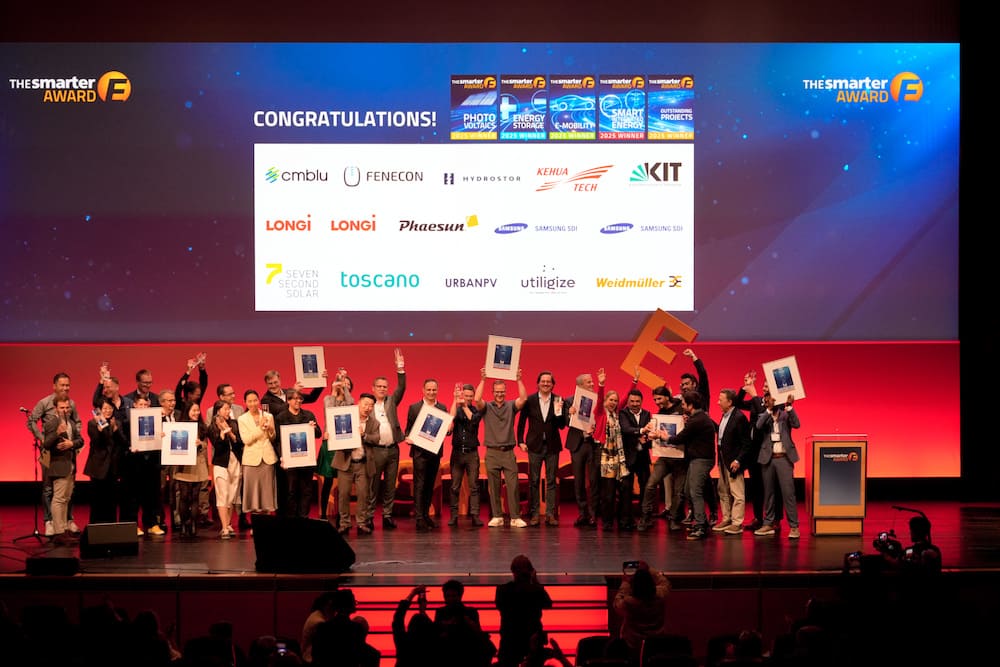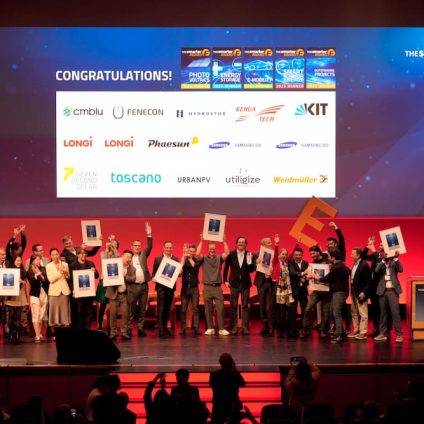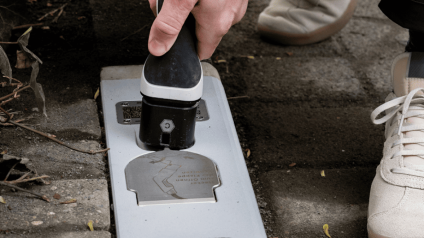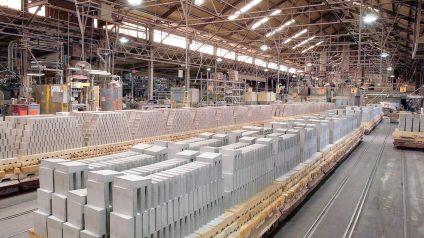Photovoltaic innovations awarded at the smarter E AWARDs 2025: Longi, 7 Second Solar, and Weidmüller lead with cutting-edge solar technologies

3 photovoltaic innovations you shouldn’t miss
The curtain rises on The smarter E Europe, the continent’s largest alliance of energy-related trade shows. As every year, the mega event kicks off by celebrating technological progress across all its focus sectors. Just one day before the official start, the event unveiled the winners of the smarter E AWARD 2025, honoring the most significant advancements in photovoltaics, energy storage, e-mobility, and smart energy.
A total of 15 winners across five categories stood out for their innovative and sustainable vision, as well as their forward-looking approach. Here’s a closer look at the three standout photovoltaic innovations recognized this year.
7 Second Solar – AUTOPV
Based in Cape Town, South Africa, 7 Second Solar is a Software-as-a-Service provider. Its tool AUTOPV is designed to automate large portions of the design process for utility-scale photovoltaic systems, cutting time, cost, and effort. This cloud-based platform streamlines and accelerates the entire planning process while enabling real-time project adjustments and variant comparisons.
Specifically, AUTOPV can:
- select the site architecture,
- choose key equipment,
- determine the number of modules per string,
- pick appropriate trackers,
- optimize string grouping,
- arrange inverters and junction boxes,
- trace optimal cable routes,
- and calculate cable lengths and losses.
The software also generates detailed technical documentation, CAD drawings, bills of materials, and yield calculations.
According to 7 Second Solar, automating these steps can reduce planning time by up to 50%. “The jury,” reads the official press release, “was impressed by the innovation level, the attractive pricing model, and the ability to quickly compare and optimize plant designs. AUTOPV provides solar companies with a smart and cost-effective solution to meet growing market demand.”
Longi – Hi-MO X10 solar module
Another winner is Longi Solar Technology’s innovative Hi-MO X10 solar module, which combines Hybrid Passivated Back Contact (HPBC) technology with a sleek design. The solar cells use two unique features:
- proprietary TaiRay silicon wafers, which improve impact resistance and long-term reliability while minimizing degradation,
- and 0 busbar (0BB) architecture, which eliminates visible front-side busbars. By connecting ribbons directly to the contact fingers, energy transmission distance is reduced by 6.5%, increasing module output by 5 watts.
The module’s hybrid bipolar passivation further minimizes power losses on both the positive and negative electrodes, protecting performance from UV-induced degradation. As a result, the Hi-MO X10 delivers 670 watts of output power with a module-level efficiency of 24.8%.
What’s more, its anti-shading technology allows each cell to function as a bypass diode, reducing energy loss from shading by up to 70%. Hotspot temperatures are also reduced by 28%, lowering fire risk. In Italy, the module will be available in three sizes starting April 2025.
“The jury highlighted these exceptional features, which position Longi as a new benchmark for performance, reliability, and safety,” the statement reads.
Weidmüller – PV Inlin
Founded in 1850, German family-owned company Weidmüller won for its PV Inline device, a surge protection solution for solar installations. “Space for PV cabling is often tight, especially on rooftops. PV Inline’s minimalist design provides the answer,” the company explains.
Weidmüller describes it as the smallest device of its kind. The connection box is available with type 1 and type 2 surge protection devices (SPD) and is certified to IP65 standards. It can be installed on interior or exterior walls, inside standard cable ducts, or behind solar modules. The plug-and-play setup includes ready-to-use solar cables and high-quality MC4 connectors.
“The judges were impressed by PV Inline’s practical design and functionality, which effectively address the growing technical challenges in PV system installation.”












